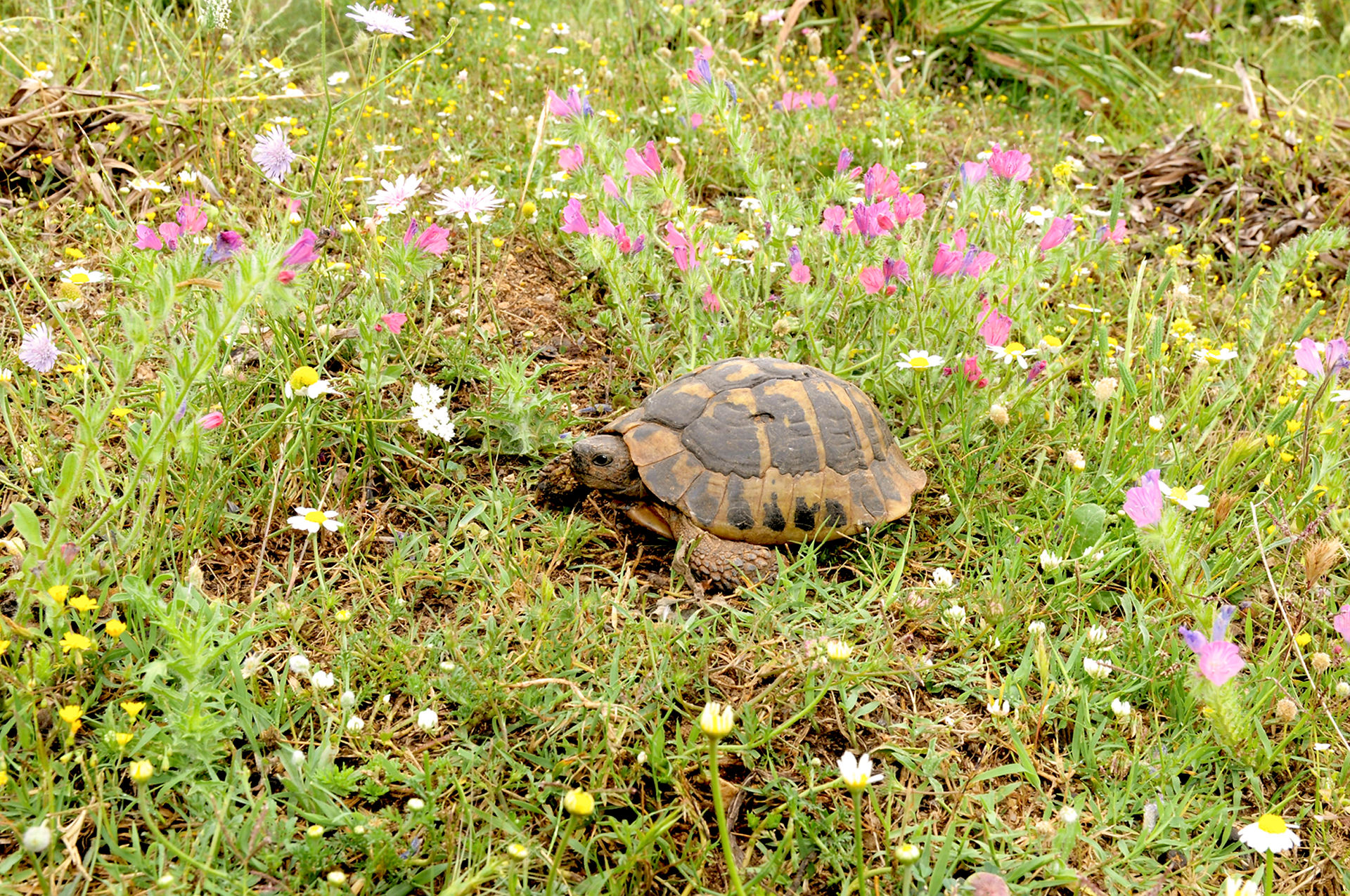
The book
above Forage plants for turtles and other herbivorous reptiles

Nature as a model
Forage plants
Format DIN A5, high quality cellophane envelope, thread stitching
320 Pages, 445 Color images, 150 Drawings, 6th Information boards
ISBN: 978-3-9809774-2-0
€ 39.90 (plus postage)

Diet is one of the most important points for keeping our reptiles naturally and appropriately. The wrong diet is the leading cause of illness and death.
In nature, reptiles find a rich supply of forage plants in every season. In human care, on the other hand, our fosterlings are dependent on what we offer them.
Today everyone is talking about the fact that nature should serve as a model when it comes to keeping wild animals in a species-appropriate manner. Appropriate husbandry also includes nutrition with suitable forage plants. Nobody knows what suitable forage plants are better than nature and the animals that still live there.
"Forage plants" is a compendium which shows the wide range of suitable wild plants. In this most comprehensive reference work on the subject can be found with about 360 listed wild plants an extremely large selection of usable forage plants.
More than 160 Wild plants are thematically described and clearly illustrated.
Most of the plants selected are those that are found in the habitats in the Mediterranean area as well as here and are therefore preferred to be eaten by the animals.
The book "Forage plants" should be a help to the committed animal keeper in the selection of suitable wild plants and thus contribute significantly to the health of the turtles.
The plant descriptions in this book are primarily aimed at owners of European tortoises. All of the plants listed are equally suitable for tropical tortoises and other herbivorous reptiles such as agamas or iguanas.
From the content:
Foreword, introduction, general information, poisonous plants, collecting wild plants, neophytes, culture and wild plants, description of forage plants, thistles, fruits, oxalic acid, first forage plants, leaves of shrubs and trees, winter fodder.


